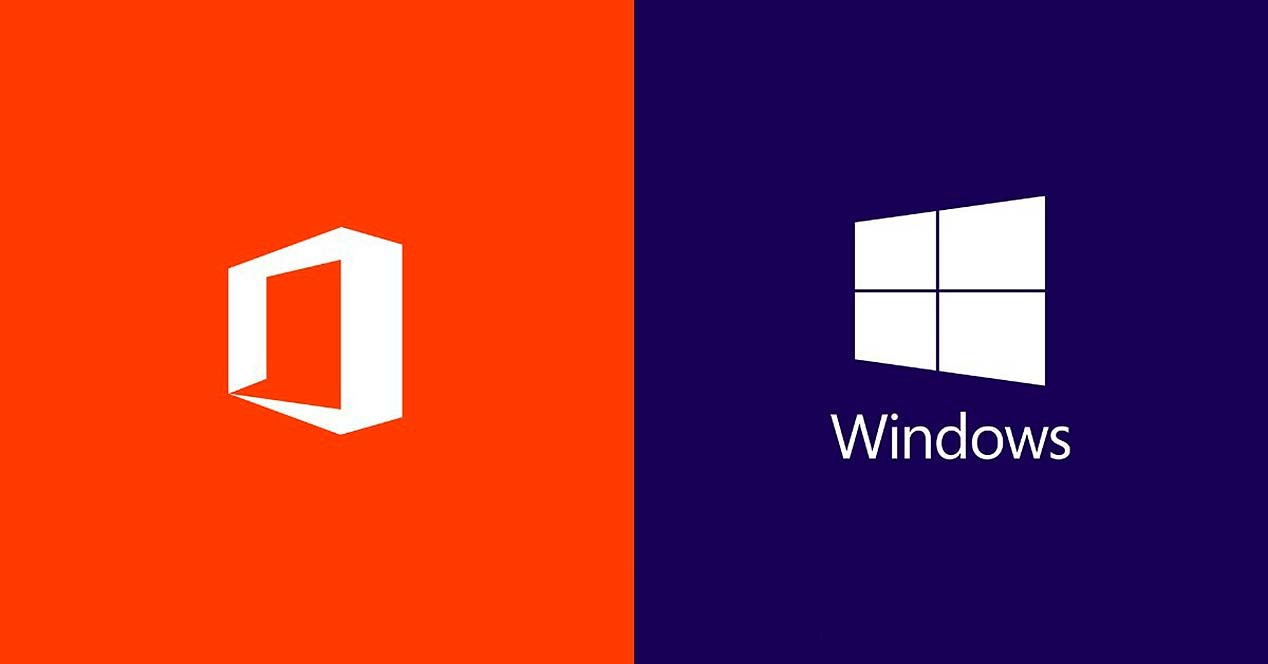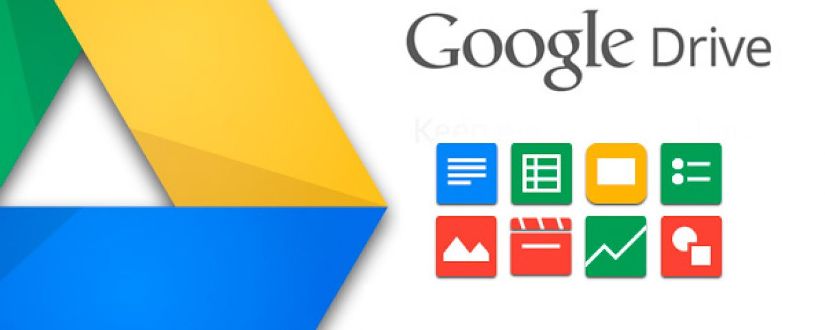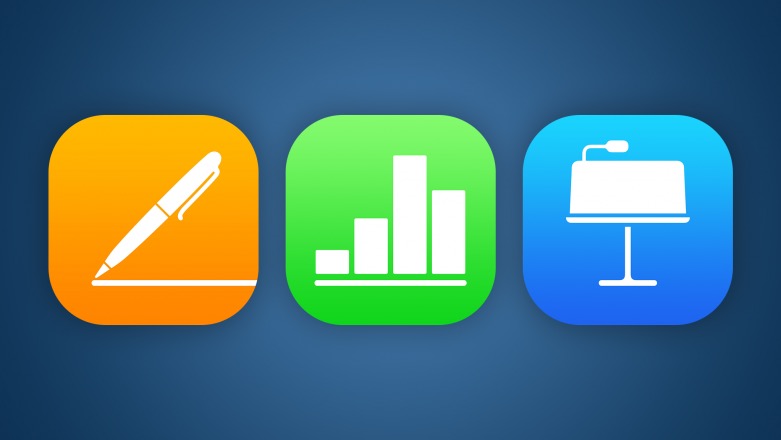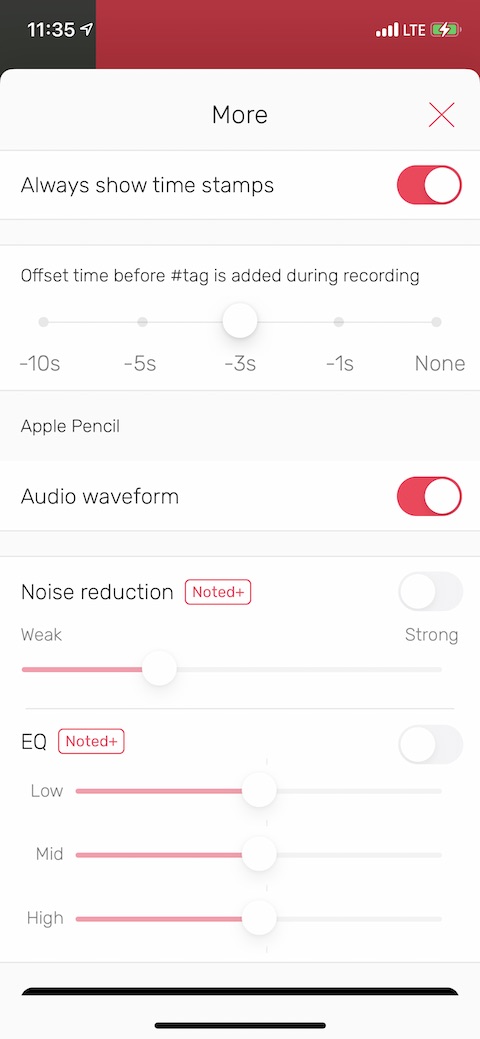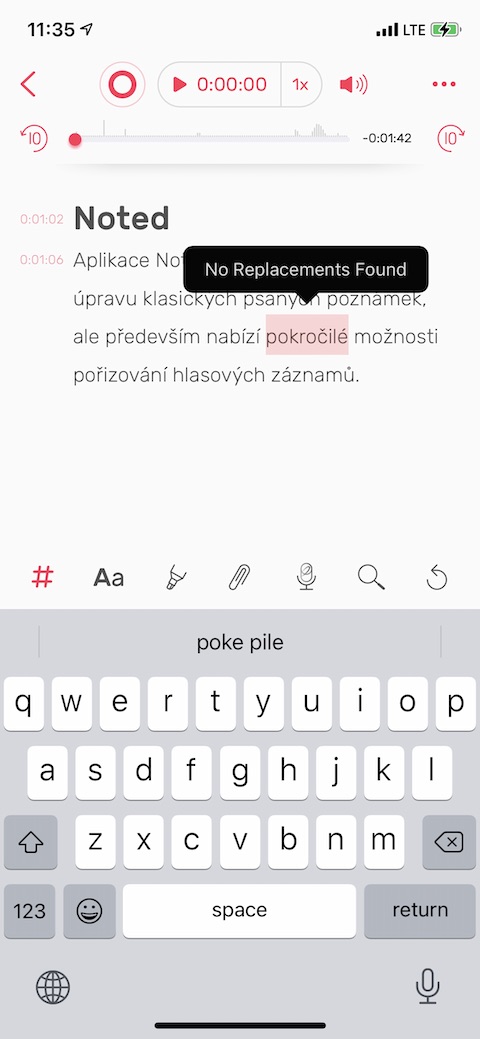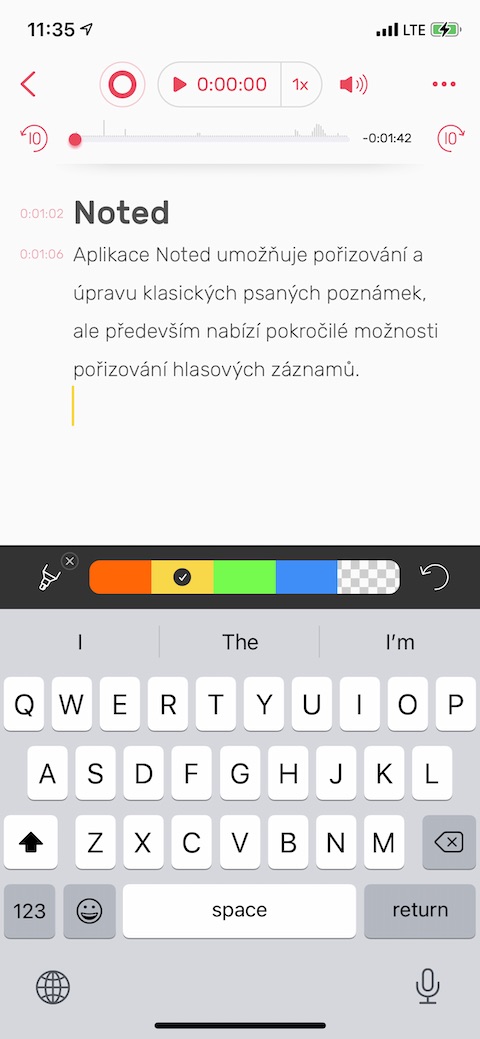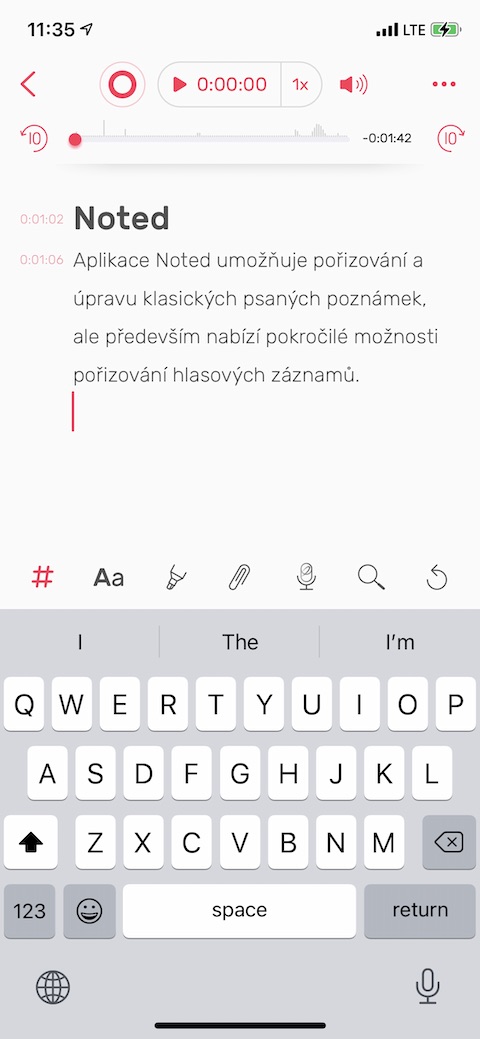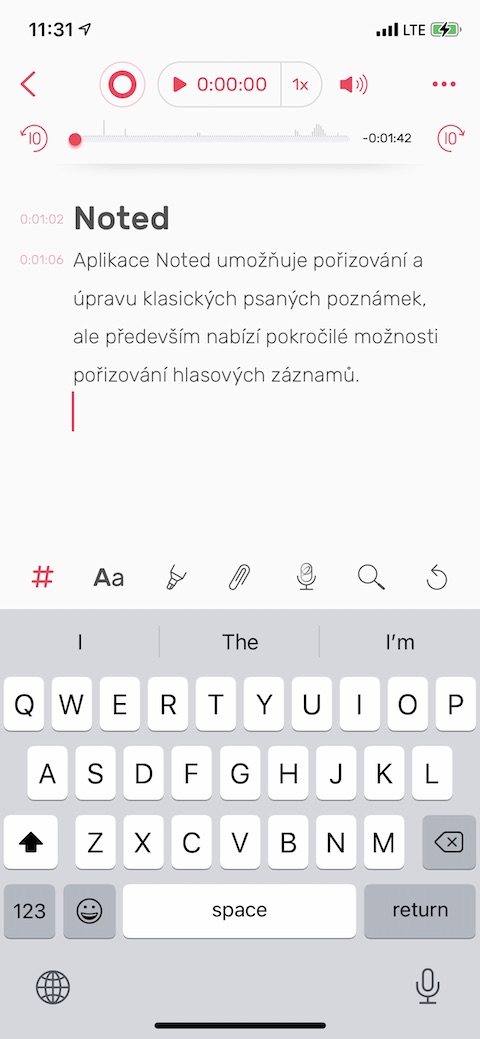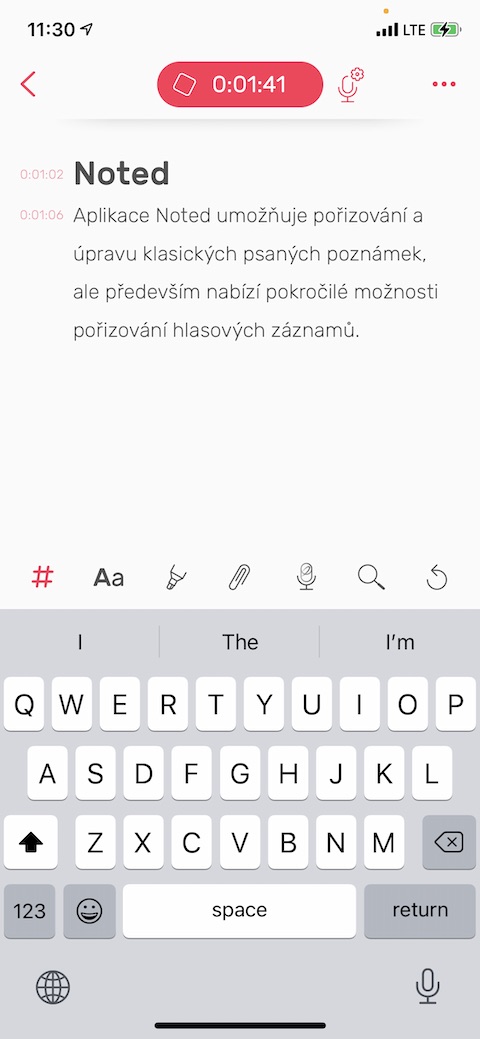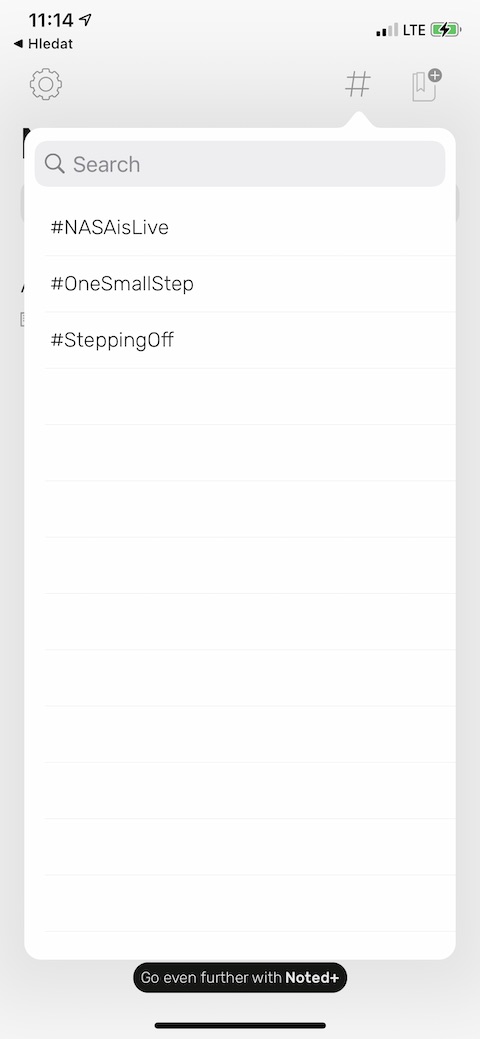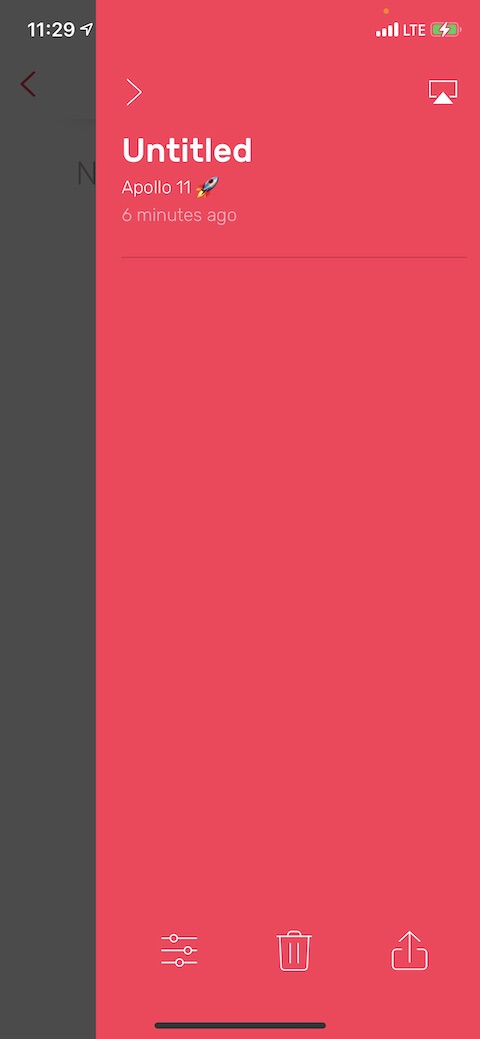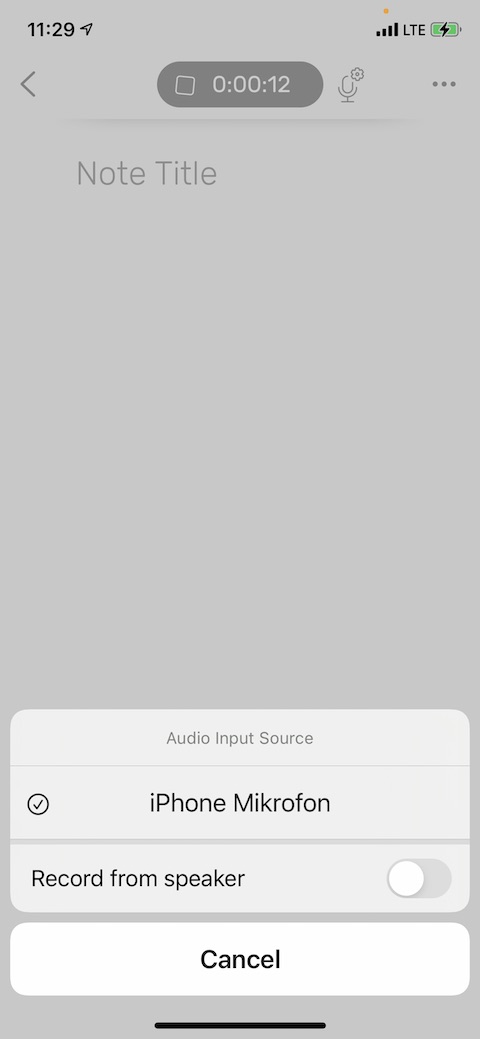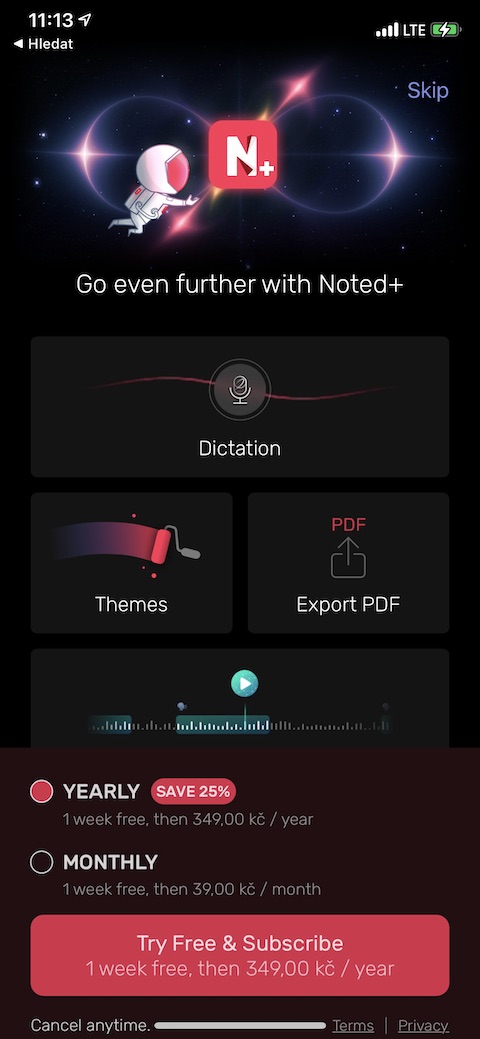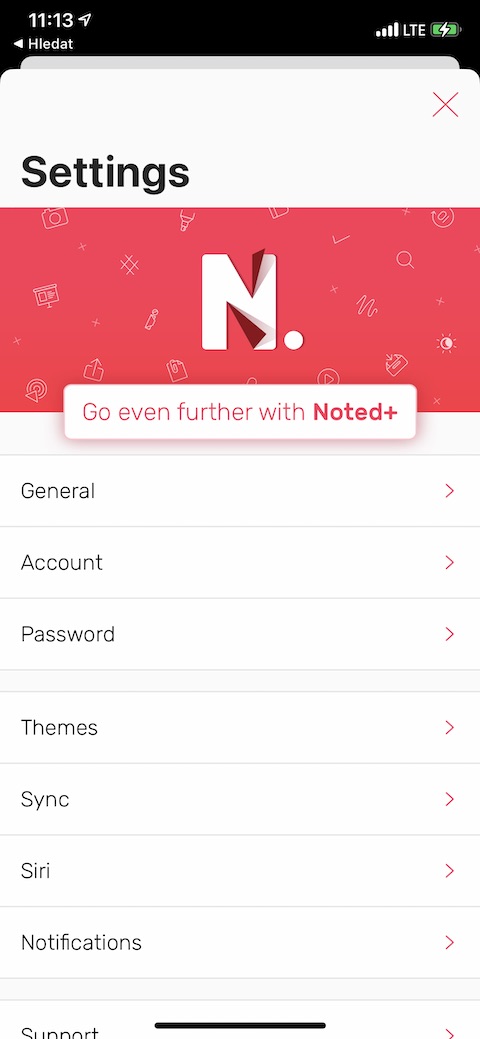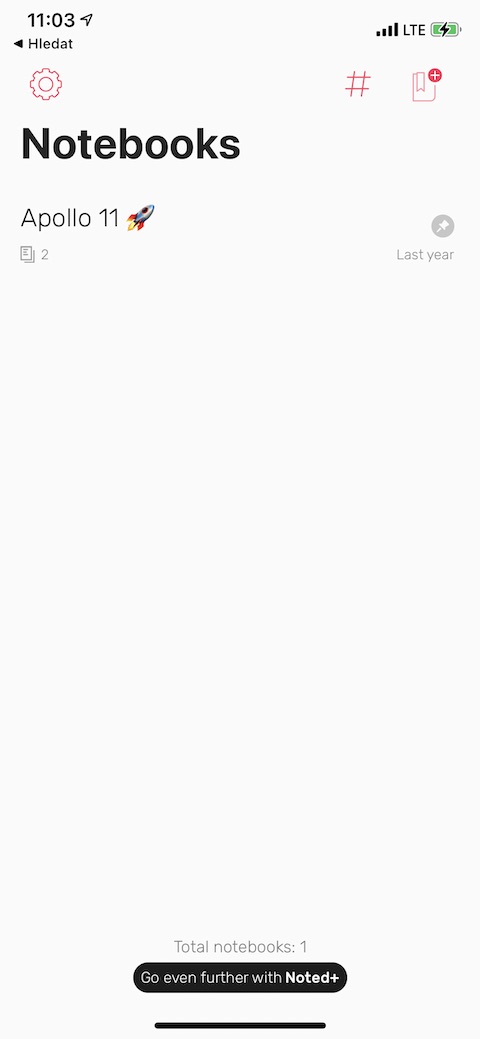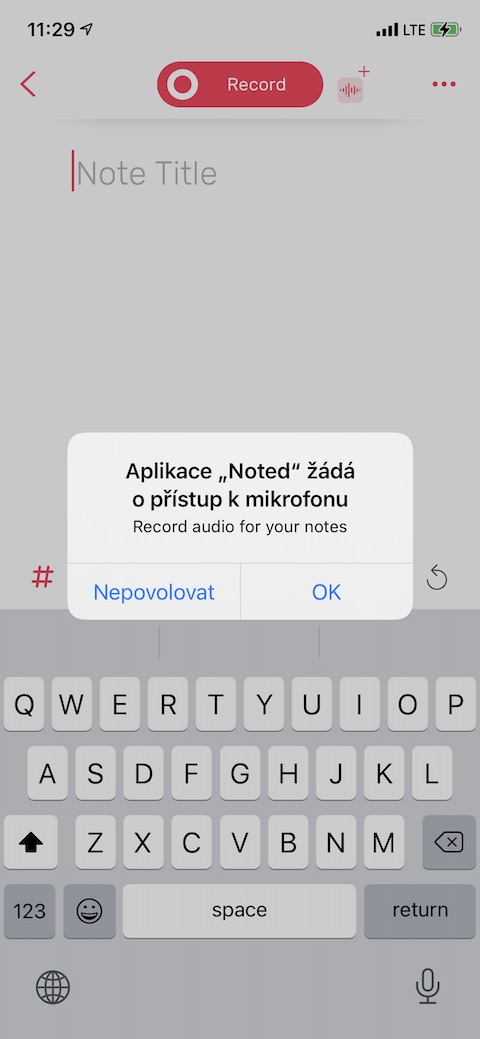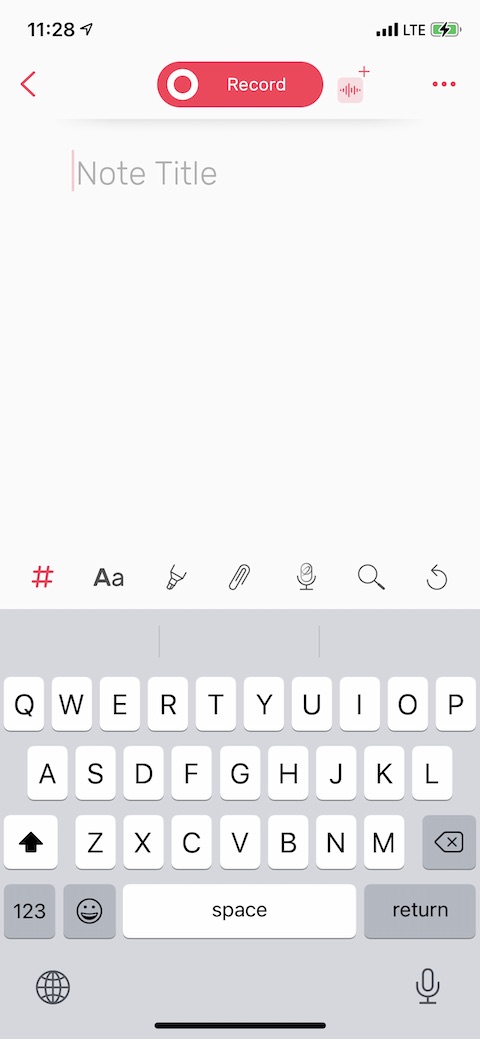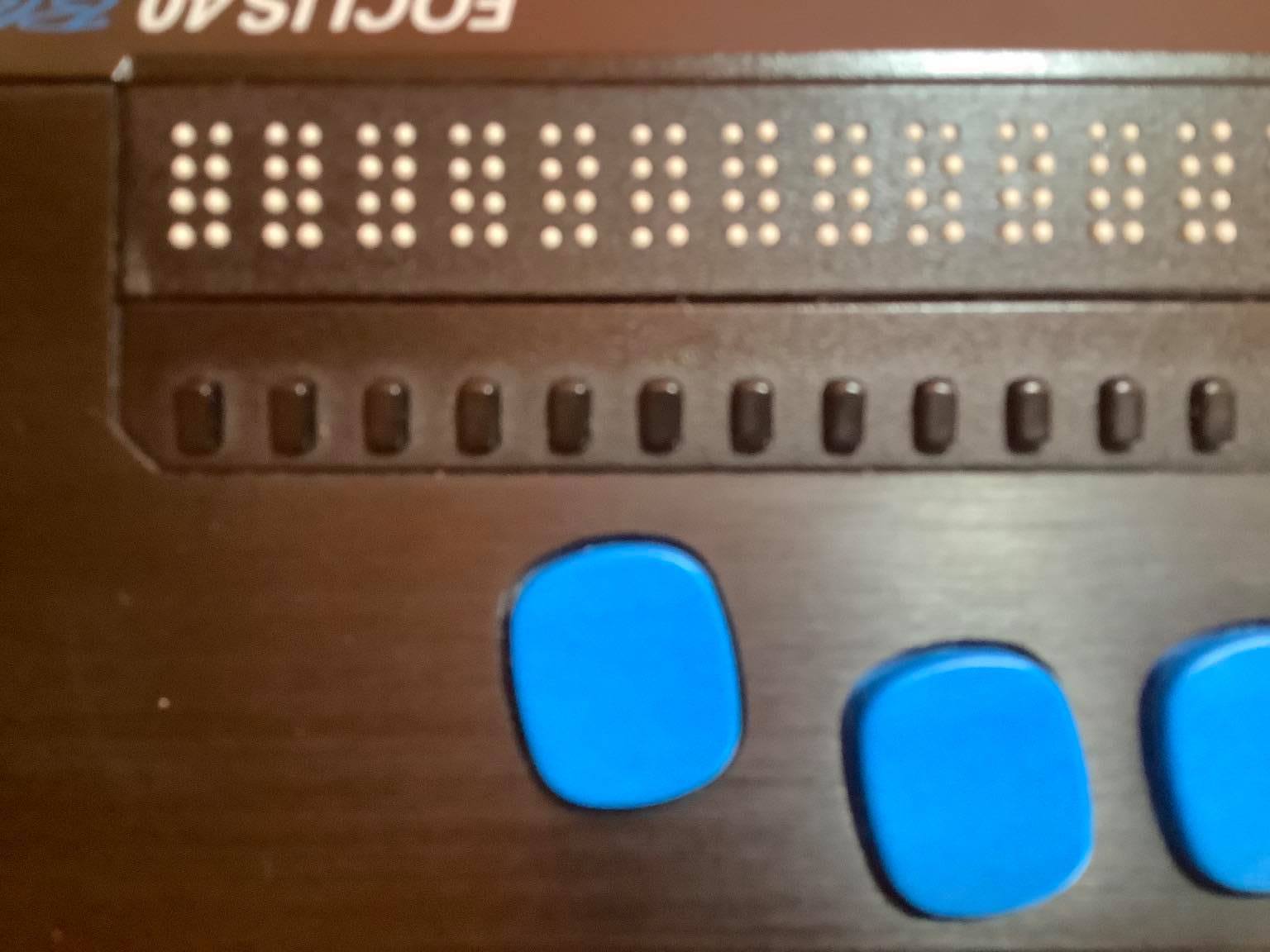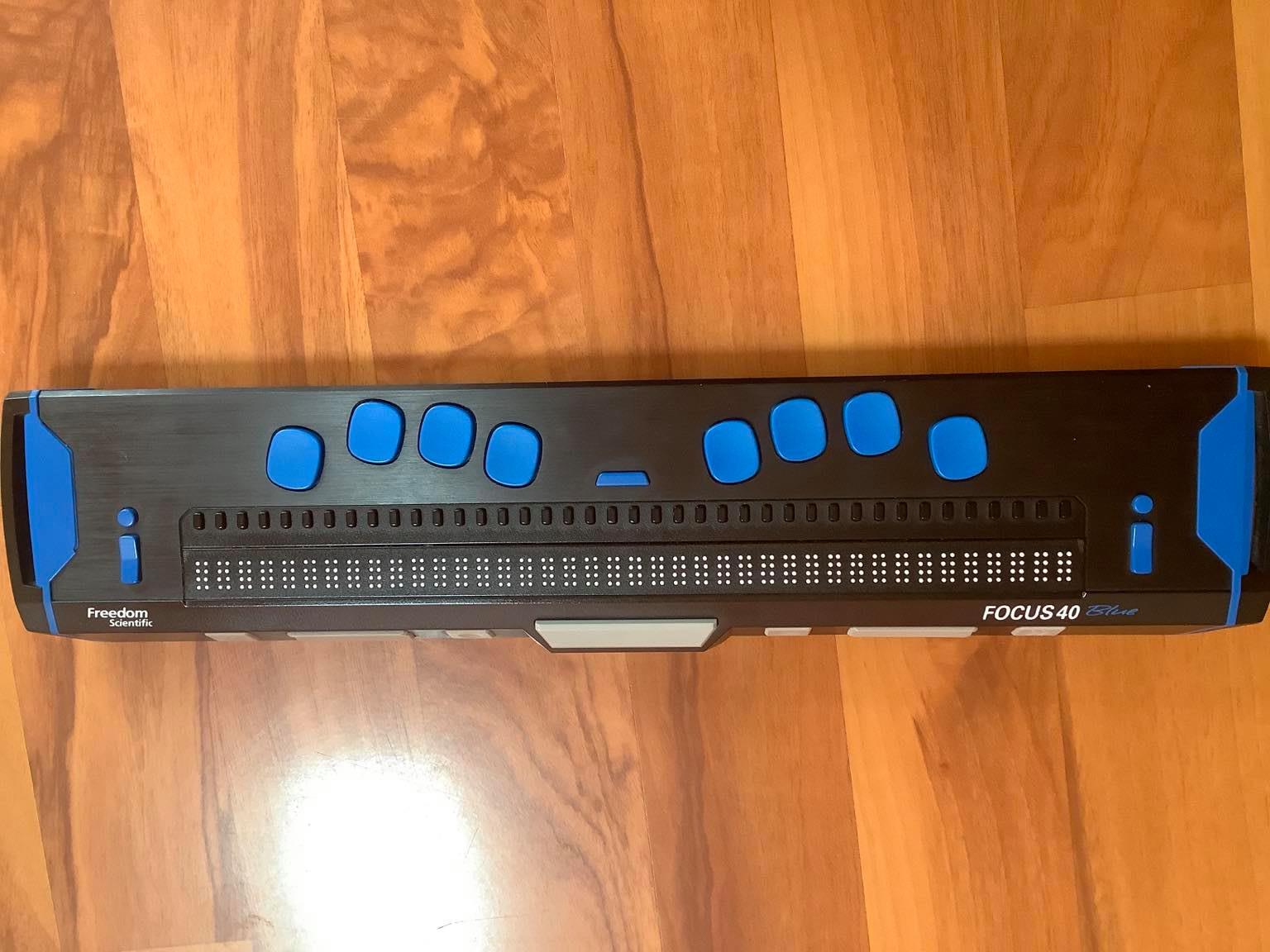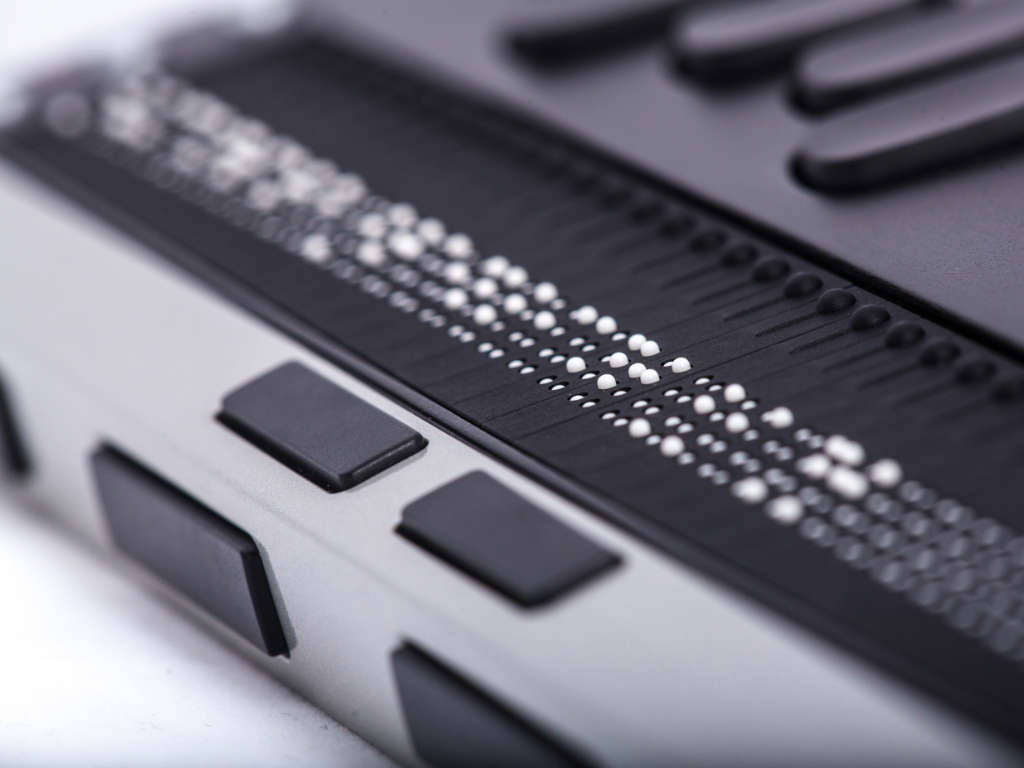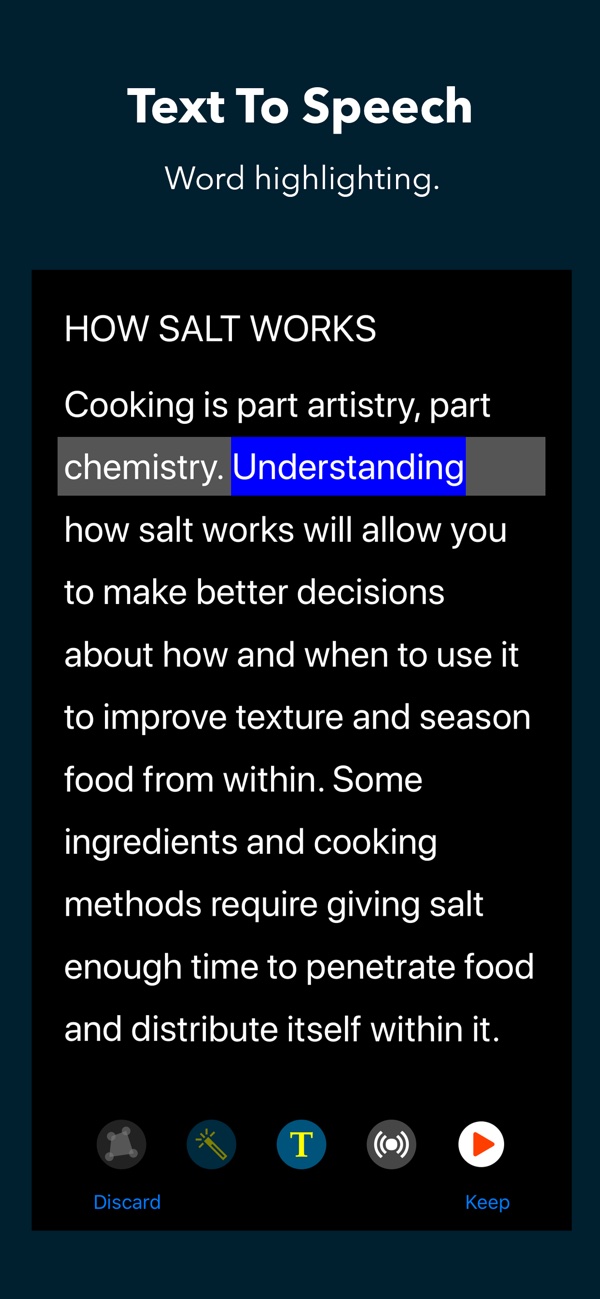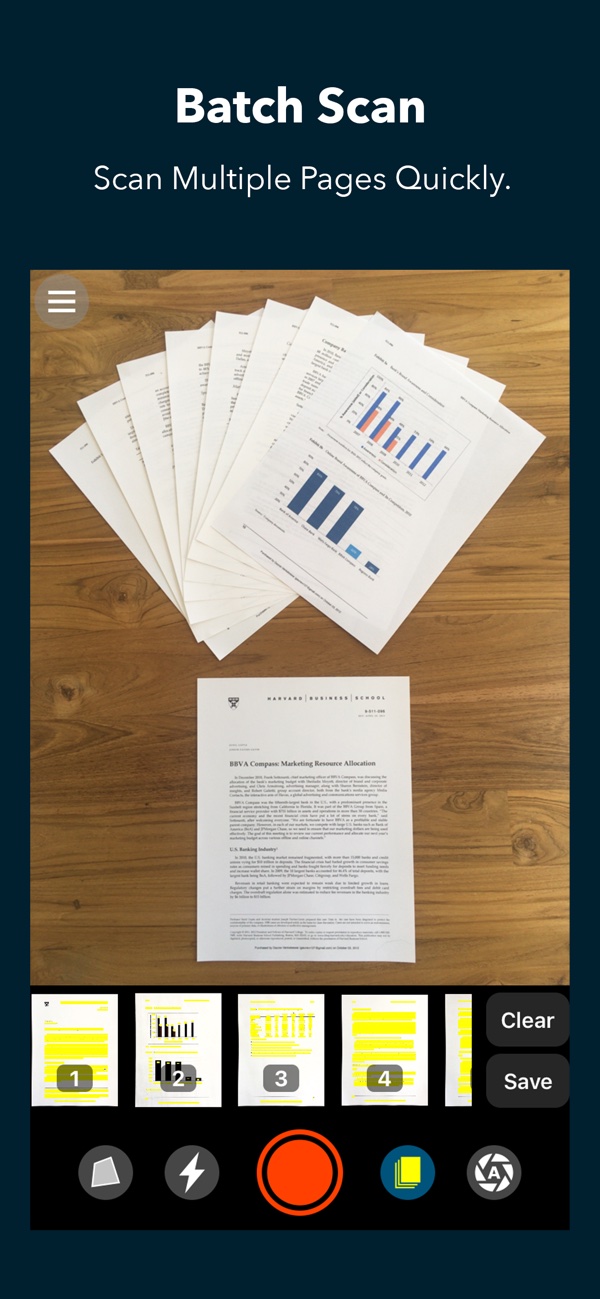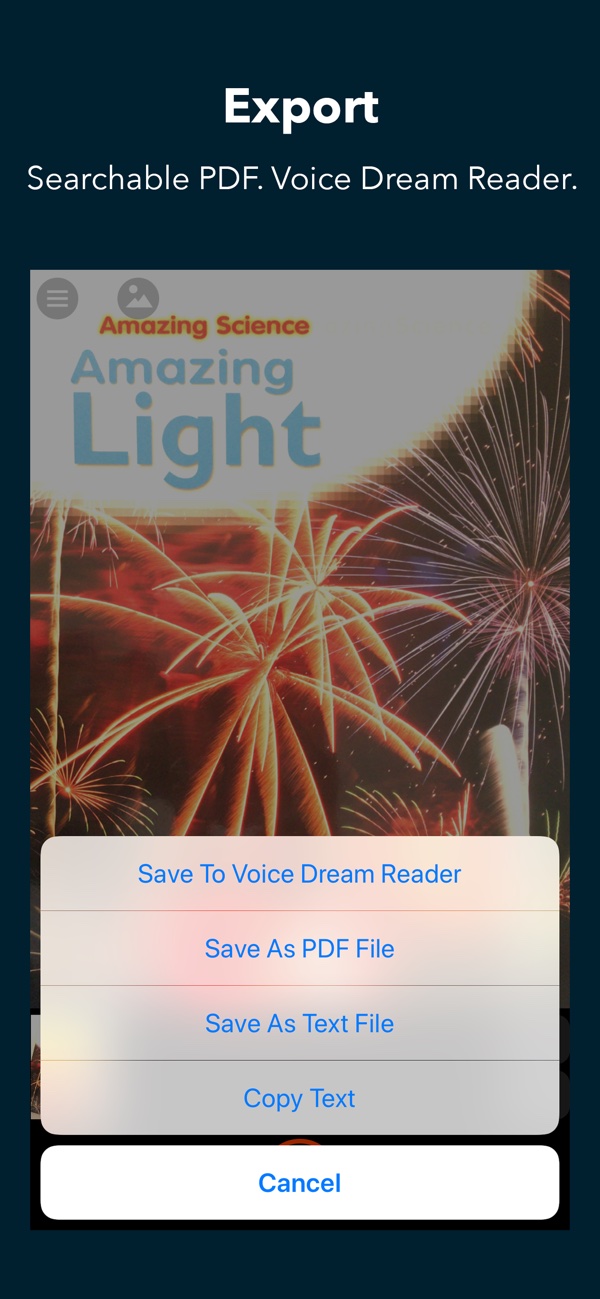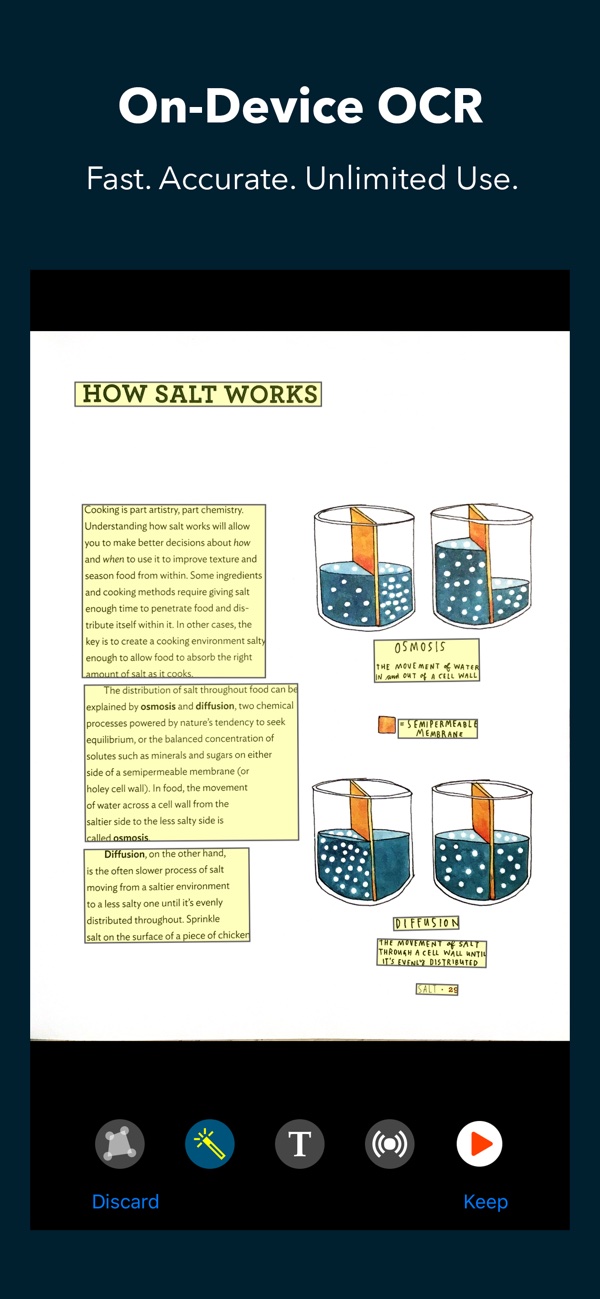Currently, when the vast majority of schools are closed, students are limited to learning only in an online environment. You can read about such teaching in the article below, but in today's episode of the Technika bez očin series, we will show what devices and applications I normally work with at school, and which I would recommend - in short and simply, what it is like for blind people to study.
It could be interest you

Simple notes don't need anything complicated
Let's start with what most students do most often - creating classic notebooks. Many of my visually impaired friends have created one longer document where they write down absolutely everything - for example in Microsoft Word or Pages. However, this style of writing does not suit me and I personally prefer writing in a simple notebook. Here I have folders for notebooks and in them I have notes divided into several notes.
Back in the years when I was still using Windows, I preferred software Microsoft OneNote, and after switching to the iPad, I planned to keep it that way. However, I did some looking around for some special software that would allow me to record and write in real time, and while listening to the recorded lecture, it would have the ability to switch in the recording to the exact place where I was writing. For sighted iPad users, the application meets these requirements notables, however, it works primarily with the Apple Pencil, so it is not accessible for the blind. I found quite good software Noted, which meets my above-mentioned requirements. I use this application on both an iPad and, for example, an iPhone and Mac. I haven't found any alternative on Windows yet, however, I think that if you don't miss the recording function, you can use OneNote without any problem, which also offers quite advanced functions that you would look for in the Noted application in vain.
Office applications
Since I'm primarily among people who use Microsoft Office and Google Office, I open these applications really often. As far as applications from Microsoft are concerned, they are generally the most accessible on the Windows operating system. You can get through high school blindly on both an iPad and a Mac, but if I were to write, say, a term paper in Microsoft Word, I'm not really sure if I'd have to switch to Windows due to the less-than-ideal accessibility on the Mac and limited functionality on the iPad. As for Google Office, both on Mac and Windows are relatively easy to use for people with visual disabilities, on the iPad you can basically only work with Google Docs.
It could be interest you
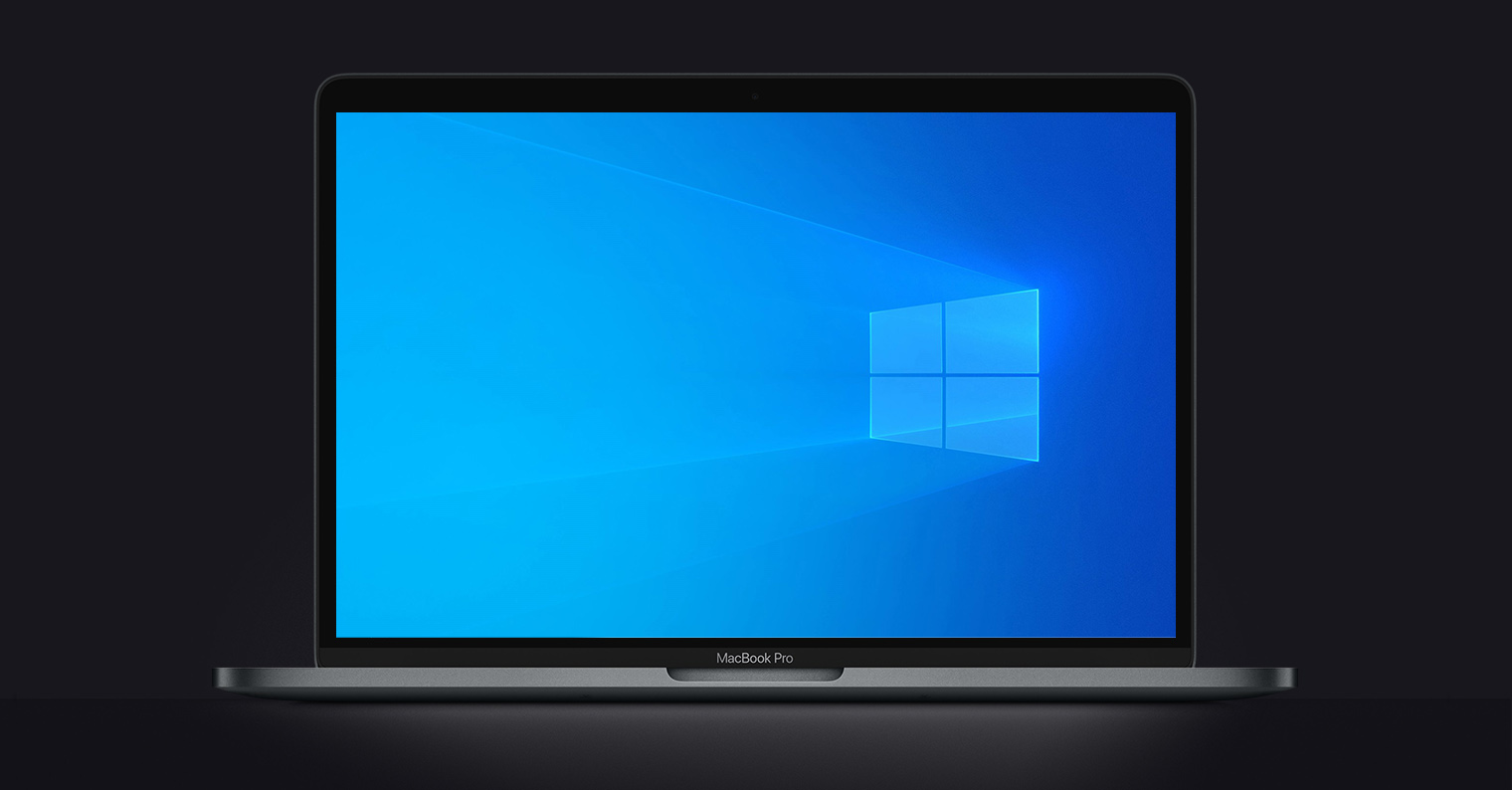
What else is needed besides the reader?
I will not list here all the common applications that I use for studying. These are applications in the form of various web browsers or email clients, which do not deviate in any way from the series and probably will not surprise anyone. In addition to the screen reader that absolutely every totally blind user uses, I connect to my work tool braille line. It displays text from a computer, tablet or phone in Braille. This product is most suitable for language learning, as it is not entirely pleasant if, for example, an English text is read to you with a Czech voice output. Although you can activate the function where the voices are switched automatically according to the language, it does not work 100% correctly every time.
As for school materials, I have them available in digital form. However, almost everyone has lost a certain file at some point. At such a moment, I have the material photographed by a sighted friend and insert it into any recognition application, or I scan the text in printed form with the help of the application Voice Dream Scamner. This app helps blind people with directional scanning by making a sound when pointing at the text, and the more accurately you point your smartphone, the louder the sound.
You can download Voice Dream Scanner here
záver
As you can probably guess, the needs of normal and visually impaired students are very similar at the core, however, in order for the blind to study fully, they need various support applications and also special devices for some tasks. Whether studying blind is problem-free or many times more demanding is a very subjective matter that depends on many aspects such as the environment, teachers, class group, family support, or in the case of inclusion, the teaching assistant. However, I don't think it's unmanageable for the visually impaired to study.
